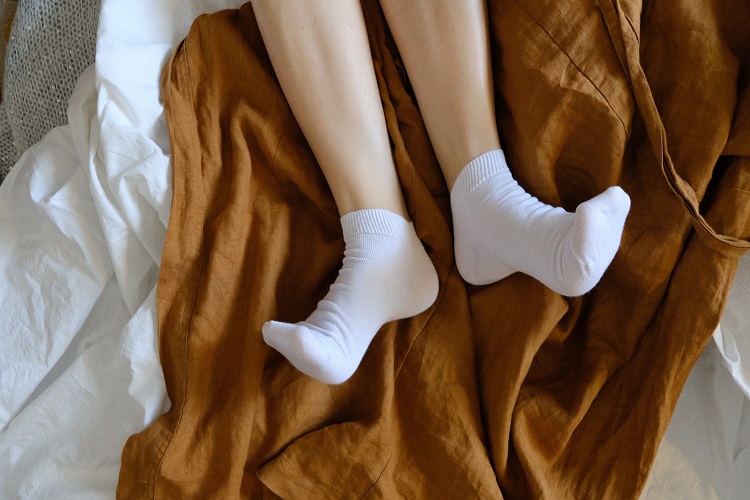Choosing the Right Diabetic Socks: Factors to Consider for Maximum Comfort and Protection

For individuals with diabetes, proper foot care is crucial in preventing serious complications such as foot ulcers and infections. One key aspect of foot care for people with diabetes is selecting the right socks. Diabetic socks reduce the risk of foot injuries and improve circulation. You can choose to buy diabetic socks in bulk. You can find various stores to buy bulk diabetic socks. However, with so many different types of diabetic socks available, choosing the right pair can be overwhelming. This article will discuss some important factors when selecting diabetic socks for maximum comfort and protection.
Table of Contents
Material
One of the most important factors to consider when selecting diabetic socks is the material they are made of. Socks made from natural fibers such as cotton, wool, and bamboo are highly recommended for individuals with diabetes. These materials are breathable and help keep feet dry, reducing the risk of infections. Natural fibers are softer and less likely to cause irritation or blisters.
On the other hand, synthetic materials such as nylon and polyester should be avoided as they are less breathable and can trap moisture, increasing the risk of fungal infections. Socks made from these materials may also cause irritation and discomfort.
Compression
Compression socks are a popular option for individuals with diabetes, as they can help to improve circulation and reduce swelling. Compression socks are designed to apply pressure to the feet and lower legs, which can help to prevent blood from pooling in the lower extremities. This can be especially beneficial for individuals with diabetic neuropathy, which can lead to poor circulation and nerve damage.
When selecting compression socks, choosing the right level of compression is essential. Mild to moderate compression (15-20 mmHg) is typically recommended for individuals with diabetes. Higher levels of compression can be uncomfortable and may restrict blood flow.
Fit
Proper fit is crucial when it comes to diabetic socks. Socks that are too tight can restrict circulation, while socks that are too loose can bunch up and cause blisters. When selecting diabetic socks, choosing a size that fits snugly but does not constrict the feet or legs is essential.
Some diabetic socks also feature extra padding in specific areas, such as the heels and toes, to provide additional comfort and protection. This can be especially beneficial for individuals who spend much time on their feet or are prone to developing blisters.
Color
While the color of socks may seem minor, it is essential to remember when selecting diabetic socks. Dark-colored socks, primarily black, can make it difficult to spot changes in skin color or the early signs of foot injuries. On the other hand, light-colored socks can make it easier to detect any changes in the skin and catch potential problems early.
Style
Finally, the style of diabetic socks is also an important consideration. Various styles are available, from ankle socks to knee-high socks. The style you choose may depend on your individual needs and preferences. For example, individuals with diabetes who have poor circulation may benefit from knee-high compression socks, while those looking for a more casual option may prefer ankle socks.
Conclusion
Selecting the right diabetic socks is crucial for individuals with diabetes who want to protect their feet and reduce the risk of complications. Buying in bulk is better as it can reduce the cost of purchase. When choosing bulk diabetic socks, it is essential to consider factors such as material, compression, fit, color, and style. By keeping these factors in mind, individuals with diabetes can select socks that provide maximum comfort and protection while helping to prevent serious foot problems.
Leave a reply
You must be logged in to post a comment.



















